2017 NES Book Award Winners
New England Society in the City of New York (NES) is pleased to announce the winners of the 2017 New England Society Book Awards, honoring books of merit that celebrate New England and its culture. We invite you to see the coverage of the event and many wonderful photos in the New York Social Diary. You will see the photos by Annie Watt at the bottom of the NYSD page.
Learn more about the fiction, contemporary nonfiction, history & biography, and specialty titles winners below.
Fiction


The One-In-A-Million Boy, by Monica Wood (Houghton Mifflin Harcourt):
The incandescent story of a 104-year-old woman and the sweet, strange young boy assigned to help her around the house creates a friendship that touches each member of the boy’s unmoored family. For years, guitarist Quinn Porter has been on the road, largely absent to his twice ex-wife, Belle, and their odd, acutely observant 11-year-old son. When the boy dies suddenly, Quinn seeks forgiveness for his paternal shortcomings by completing the requirements for his son’s unfinished Boy Scout badge.
Nonfiction
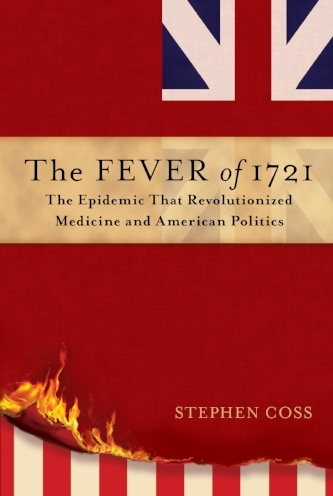
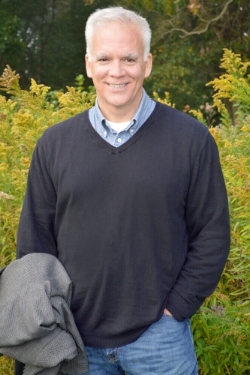
The Fever of 1721: The Epidemic That Revolutionized Medicine and American Politics, by Stephen Coss
(Simon & Schuster)
In The Fever of 1721, Stephen Coss brings to life an amazing cast of characters in a year that changed the course of medical history, American journalism, and colonial revolution, including Cotton Mather, the great Puritan preacher, son of the president of Harvard College; Zabdiel Boylston, a doctor whose name is on one of Boston’s grand avenues; James and his younger brother Benjamin Franklin; and Elisha Cooke and his protégé Samuel Adams.
Specialty Title
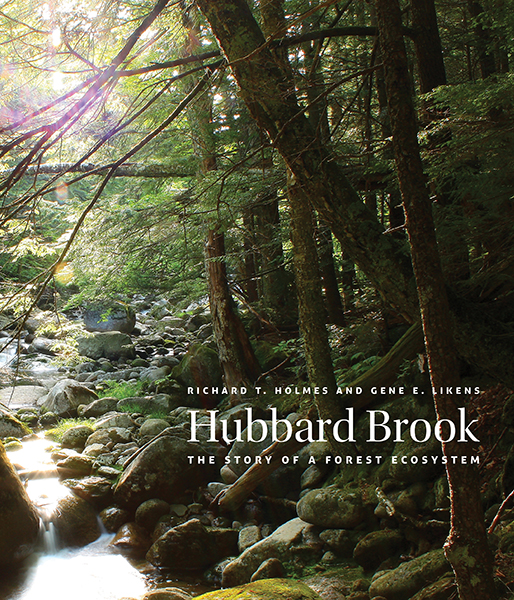

Hubbard Brook: The Story of a Forest Ecosystem, by Richard T. Holmes & Gene E. Likens (Yale University Press):
For more than 50 years, the Hubbard Brook Experimental Forest in the White Mountains of New Hampshire has been one of the most intensely studied landscapes on earth. It is the longest, most comprehensive forest and associated ecosystem studies. The small watershed ecosystem approach developed from Hubbard Brook is now used widely around the world. This book highlights many of the important ecological findings amassed during the long-term research conducted there, such as the discovery and effects of acid rain, and considers their regional, national, and global implications.
Art & Photography Art

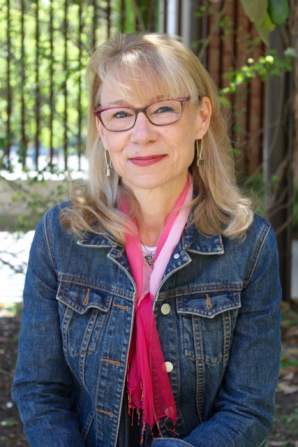
The winner of the Art category is, The American School: Artists and Status in the Late Colonial and Early National Era, by Susan Rather (Yale University Press):
This fascinating book is the first comprehensive art-historical study of what it meant to be an American artist in the 18th- and early 19th-century transatlantic world. Rather examines the status of artists from different geographical, professional, and material perspectives and delves into topics such as portrait painting in Boston and London; the trade of art in Philadelphia and New York; the negotiability and usefulness of colonial American identity in Italy and London; and the shifting representation of artists in and from the former British colonies after the Revolutionary War, when London remained the most important cultural touchstone. The book interweaves nuanced analysis of well-known artists—John Singleton Copley, Benjamin West, and Gilbert Stuart, among others—with accounts of non-elite painters and ephemeral texts and images such as painted signs and advertisements.
Photography
![Front+cover.higher+res[1] Front+cover.higher+res[1]](https://nesnyc.org/wp-content/uploads/2021/08/Frontcover.higherres1.jpg)
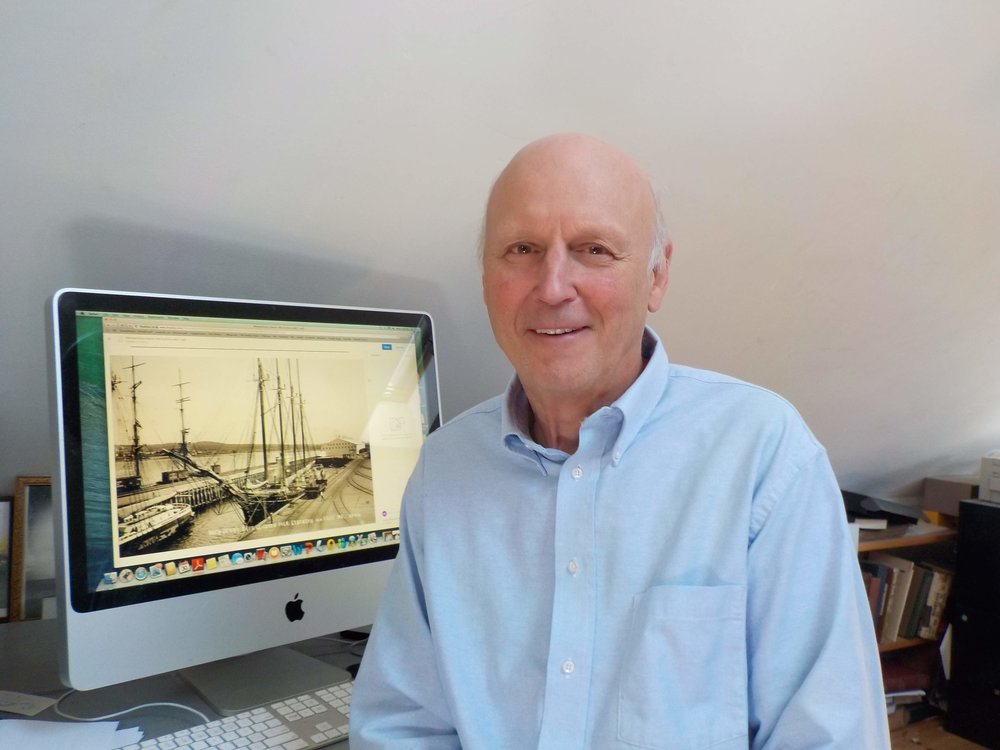
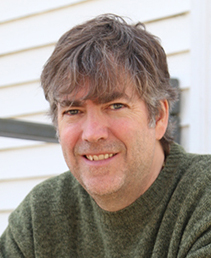

The winner of the Photography category is Maine on Glass, by W. H. Bunting, Kevin Johnson, Earle G. Shettleworth Jr. (Tilbury House Publishers):
Postcards were the Instagrams of the early 20th century. In 1913 some 968,000,000 postcards were sent in the U.S., more than seven per person. The majority of postcards made at the turn of the 20th century were mass-produced lithograph or letterpress half-tones, but the Eastern Illustrating & Publishing Company produced “real photo postcards” in the form of silver gelatin prints and was the largest U.S. manufacturer of what it called “genuine” photo postcards. The images in this book were selected from 22,000 glass plate negatives created by the Eastern company between 1909 and World War II.
